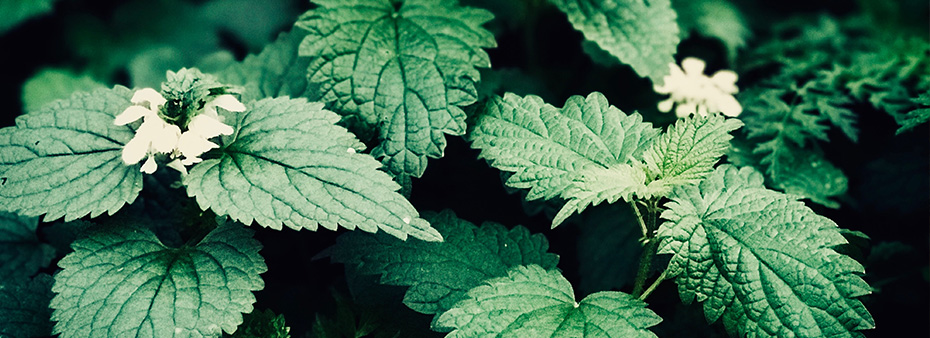Let’s start by stating the obvious here: COVID-19 has brought forth a cocktail of health issues! Apart from the blatant immune system problems, we also have a rise in metabolic dysfunction–think “Quarantine 15.” To add more, while most people are cocooned in their homes and spending a lot more time indoors, there is an increased amount of exposure to indoor antigenic materials. So, it should be no surprise when you see patients with histamine-associated symptoms outside of the usual spring season.
Regardless of seasons, mast cell destabilization is a very common condition affecting more than 40 million Americans. Although it may not be life-threatening, we don’t want to see our patients suffer from those familiar symptoms: itchy, watery eyes, runny nose, wheezing, sneezing, and sinus headaches along with gastrointestinal symptoms such as bloating and gas. Fortunately, with a solid functional medicine approach, the “ART” of tackling histamine sensitivities can be easily mastered.
The “ART” framework is quite simple: Analyze, Regulate and Treat. Let’s dive into it a little deeper.
Analyze
When It comes to histamine-related issues, it is important to know what the offending allergens are. Patients may not know what allergens are affecting them or they may not have been properly diagnosed as having an allergy-related condition. The first step should be to identify those offending triggers. Assessing histamine sensitivities can be challenge, so a good place to start can be a simple skin test. Skin tests can help identify cross-reactivity of common allergens. However, to get specific answers, a range of labs may be required. These may include IgE inhalant and IgG food sensitivity tests, along with important ancillary testing such celiac profiles.
Regulate
Once the triggers are identified, the next step is removing them! This regulation protocol may include educating patients on installing good HEPA filtration systems at home, and cleaning out carpets, upholsteries and bedding. Along with removal of
environmental triggers, dietary modifications may include eliminating offending foods revealed from IgE and IgG lab data.
Treat
The focus here is removing antigens, reducing symptoms and restoring balance. We really need to be thinking about creating Th2 balance and improving immune tolerance. IgE antibodies are produced by B cells that are stimulated by Th2 cells. Factors that create an imbalance in Th2/Th1 ratio with a Th2 dominance may include exposure to antigens, allergens, diet, and gut microbiome profile. There are several agents that help establish Th2 balance and immune tolerance, but the best way to prevent and treat histamine imbalances is by using natural ingredients, as they often have multifaceted immune-modulating benefits. Some of these natural ingredients include:
- Quercetin
Quercetin has an unmatched ability to balance out allergy-mediated reactions. It can block the histamine-mediated cascade reaction involving phospholipase A, lipoxygenase and mast cell degranulation. It can prevent mast cell degranulation and histamine release by binding to calcium/calmodulin complexes and preventing the influx of calcium into the mast cells.
- N-acetyl Cysteine
NAC has a mucoregulating action that supports respiratory function. This amino acid has been regularly used for a variety of lung conditions including asthma and bronchitis. It helps increase antioxidant reserves and can also help decrease the viscosity of mucus by reducing disulfide bonds. This is important as the thickness of mucus increases with the bridging of sulfur proteins in the mucus.
- Stinging Nettle
For many years, the dried leaves of stinging nettle have been used for symptoms associated with histamine sensitivities. In a double-blind, placebo-controlled study, a randomized group of patients were given stinging nettle and placebo. Stinging nettle did better than placebo in reducing symptoms associated with allergic rhinitis.
- Probiotics
Along with these nutrients, it is important to include support for the gut and the gut microbiome, as their health runs parallel to immune function. Incorporating a probiotic blend has shown to reduce IgE burden and histamine-mediated cascades. Many strains of probiotics have shown to support Th1/Th2 cells balance. When looking to down regulate Th2 pathways and promote Th1-related cytokine production, probiotics should be considered.

Mia Iyer, DC
Mia Iyer, DC is a board-certified chiropractic physician who received her doctorate from National University of Health Sciences. With a passion for research, she focused her clinical rotations on publishing relevant peer reviewed journal article(s). Working in an integrated health care clinic, Dr. Iyer has successfully treated her patient population using an integrative approach, utilizing multiple evidence-based modalities addressing the root cause of illness.



